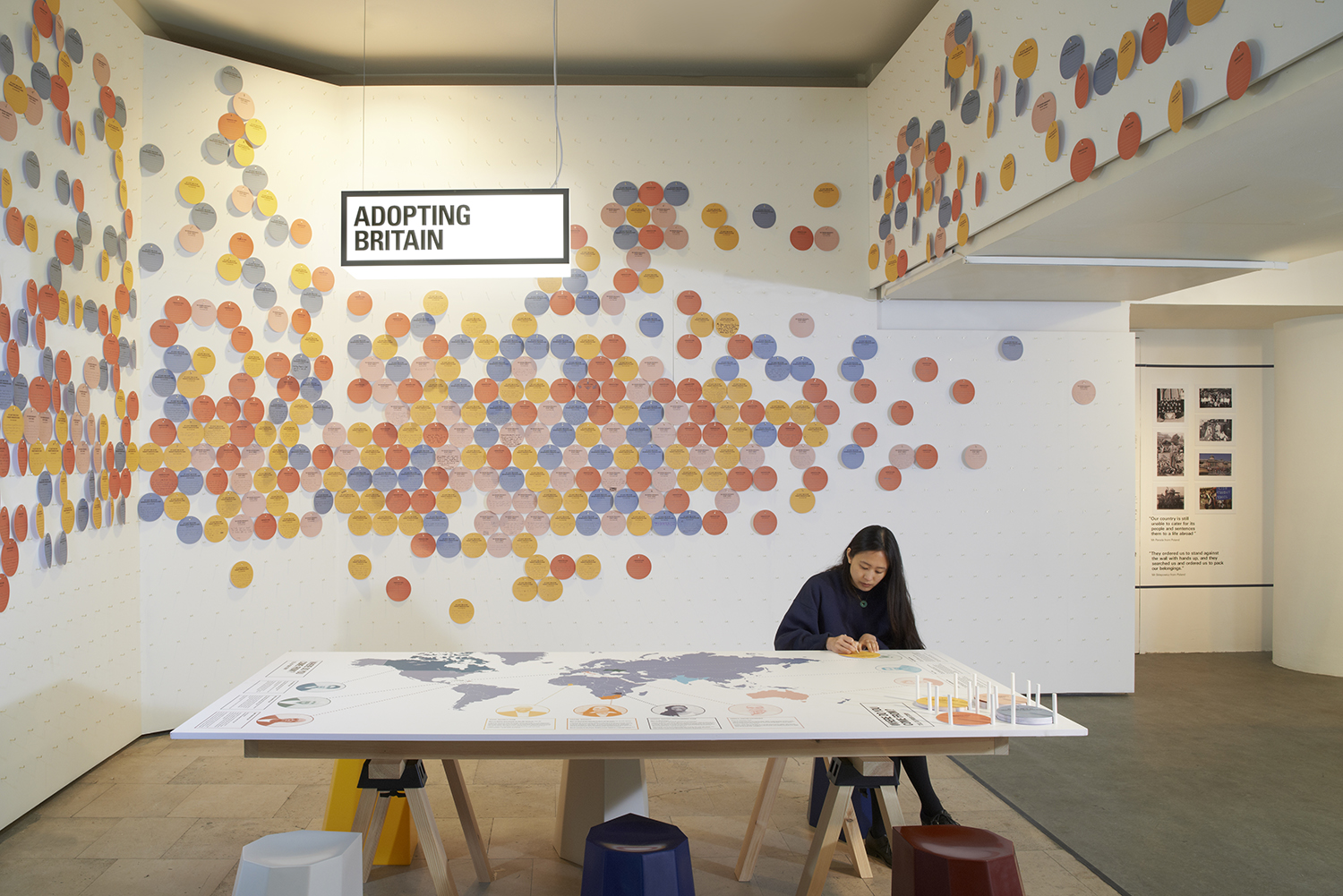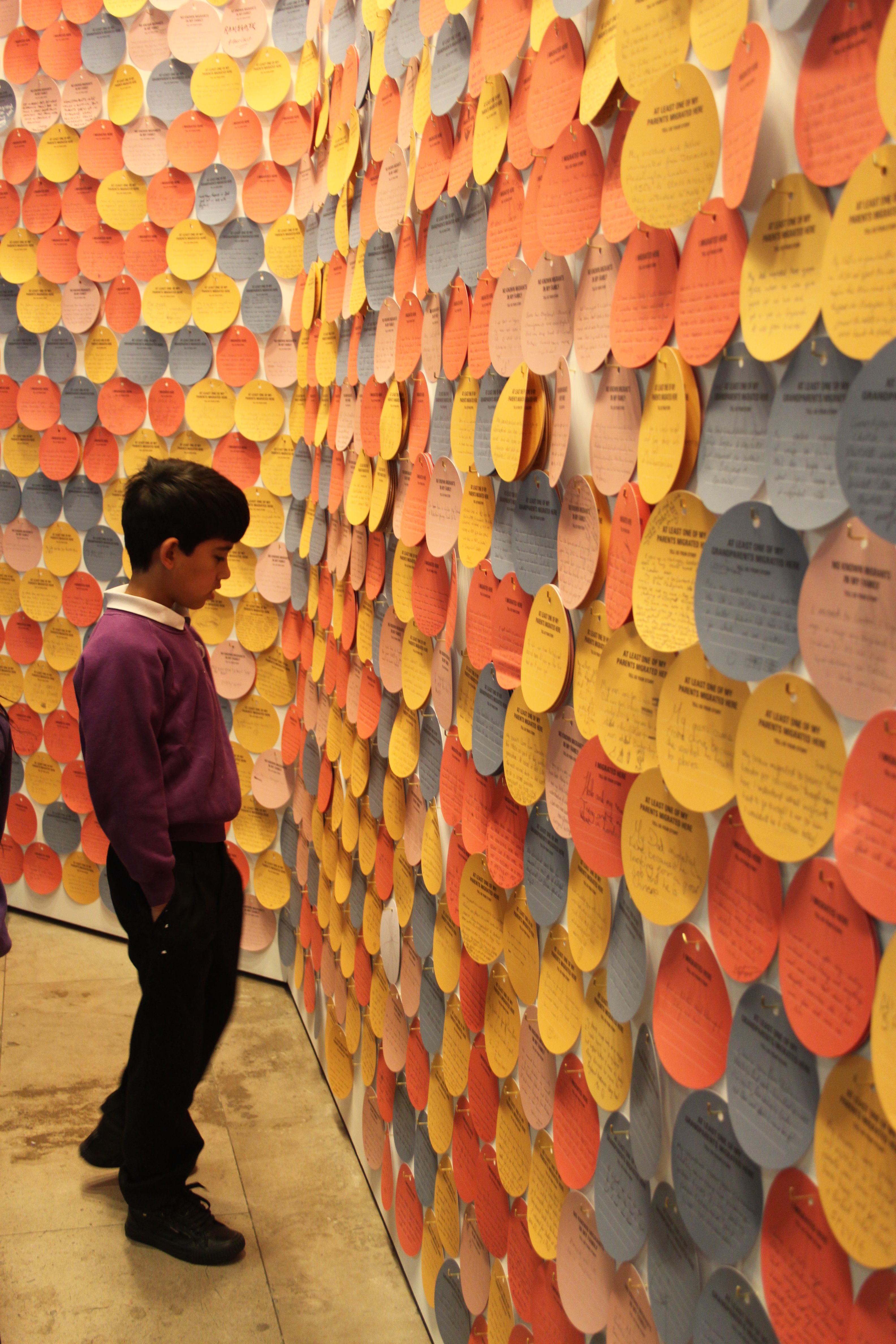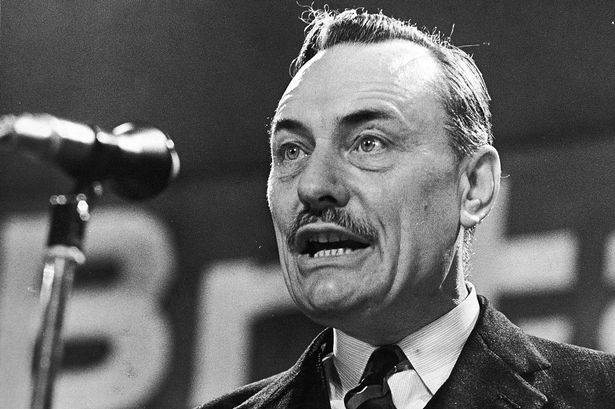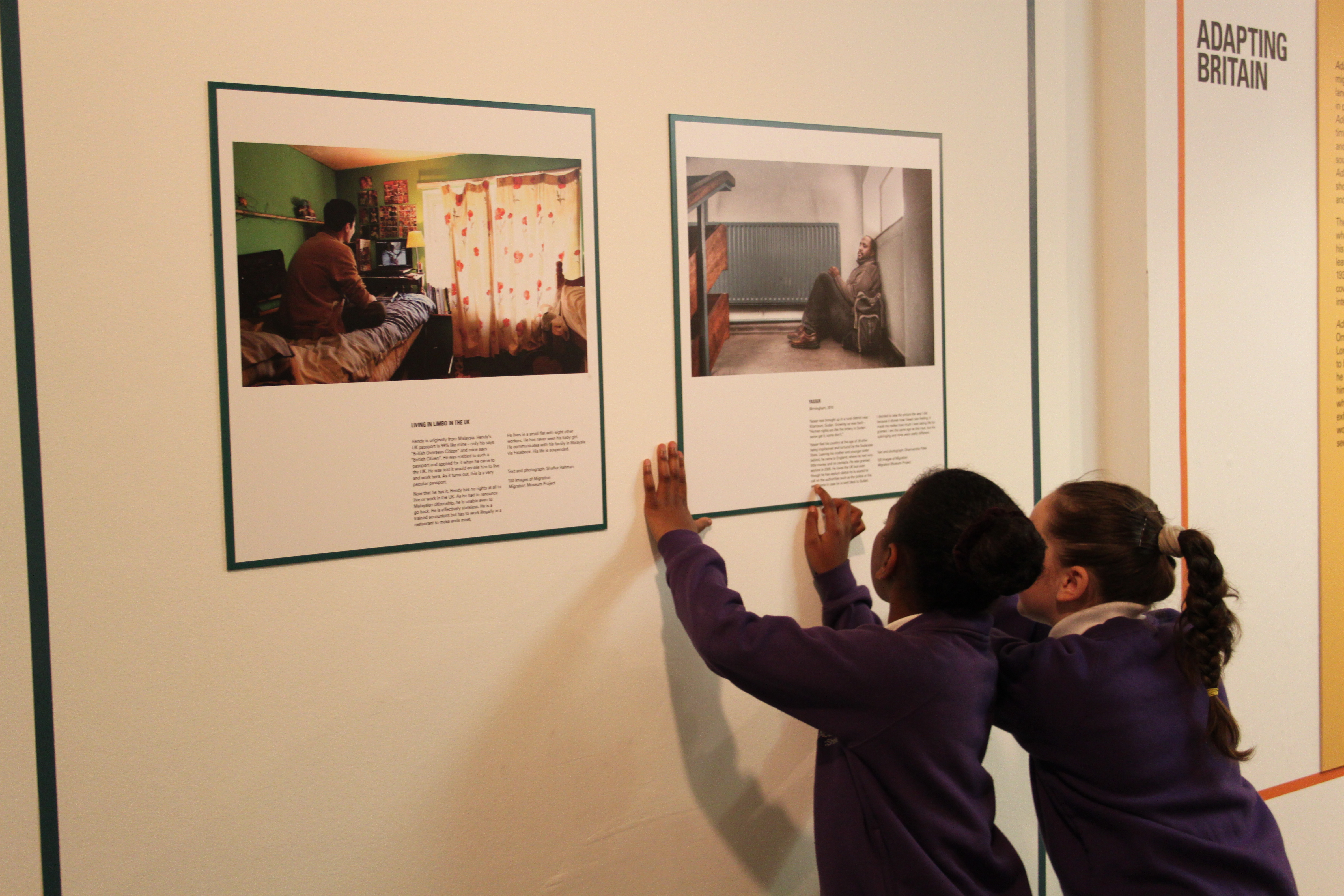Migration is about people, not numbers
This guest blog by Mihir Bose, a distinguished friend of the Migration Museum Project, was written shortly after his visit to Adopting Britain, the exhibition at the Southbank Centre to which the Migration Museum Project has been a proud contributor.
Migration is always presented as a story of numbers. It goes as follows: that this is a small island, hordes of people are always wanting to come here for its riches, and it just cannot take any more.
I have been hearing this story ever since I arrived here in January 1969. At that time, of course, immigration meant coloured immigration. Now that nobody in Britain is racist, or nobody admits to being a racist, people who talk about this overcrowded island being swamped with marauding migrants seeking benefits go to great lengths to say it is not about race, just numbers. How a country should regulate migration is a legitimate subject to debate, of course, but this obsession with numbers means we have missed out on one central fact: that at the end of the day migration is about people, not numbers – it is a series of short stories about individuals who come with their customs, styles, cuisine, beliefs and ideas, and about their often very varied interaction with the host community.

The starting point of the ‘Adopting Britain’ exhibition in the Spirit Level at the Royal Festival Hall, London. The exhibition, curated by the Southbank Centre and Counterpoint Arts, features many of the Migration Museum Project’s ‘100 Images of Migration’ and also its ‘Keepsakes’ project. This photo shows the starting point of the exhibition; it was taken a few days into the exhibition.

The same starting point to the exhibition, but several weeks later. The Southbank Centre printed 5,000 of the disks featured (colour coded depending on whether you migrated here from elsewhere, your parents did, your grandparents did, or nobody in your family did) – visitors are invited to fill them in before entering the exhibition.
And this is where the exhibition Adopting Britain: 70 Years of Migration, currently on show at the Southbank Centre, is so fascinating. Going round the exhibition was like a walk down memory lane for me. For example, there is a marvellous video which juxtaposes footage of immigrants from different countries with that of Enoch Powell delivering, and later reflecting on, his infamous ‘rivers of blood’ speech.
How could I forget Enoch? I arrived little more than six months after that speech. In it the Conservative MP forecast bloodshed and ruin as a result of coloured immigrants flooding into the country, and quoted a constituent telling him that ‘In this country in 15 or 20 years’ time the black man will have the whip hand over the white man’. Many believed Powell was right. What is more, just days before I arrived, Powell had had a famous television duel with David Frost. The confident expectation was that Frost, the Jeremy Paxman of his age, would nail Powell. In fact, it was Powell who got the better of Frost and made sure the debate about immigration was conducted on his own terms.

Enoch Powell, the Conservative MP for Wolverhampton South West (a seat he held from 1950 to 1974). A brilliant orator, he gave his infamous ‘rivers of blood’ speech in 1968 and was sacked from the cabinet as a result. Part of this speech is on display in ‘Adopting Britain’ in a video produced by students at the University of Leicester’s School of Museum Studies, where ‘100 Images of Migration’ was re-curated in 2014–15.
I was to realise how deeply he had influenced this country when, just over a decade later, I was returning home one dank winter evening from reporting a football match for The Sunday Times. I was taunted by young white football fans who were sharing my train carriage. They could not believe a ‘Paki’ like me was not managing the corner store and asked me what I thought of Powell – their taunting was followed by other football fans, who assaulted me. When I told them I thought Powell was a great Greek scholar, they found that difficult to believe. It was clear they only thought of him as the man who had first brought up the issue of coloured immigration. As it happened, I had a very pleasant interaction with Powell, persuading him to review a book for a magazine I edited.

Two schoolchildren reading the caption for ‘Yasser’, a photograph by Dharmendra Patel which is part of the Migration Museum Project’s ‘100 Images of Migration’.
Although it was hardly his intention, in a way Powell played a part in my adopting this country. I came not as an economic migrant – indeed, today I would be financially much better off in the land of my birth – but because I wanted to be a writer; and this country provided me with that opportunity. Others have come for very different reasons and some, such as the ones flooding in now from Libya, because they have no other choice. But, whatever the reason, they have adopted and also changed this country, and this exhibition provides a glimpse of what has happened in the last 70 years. It can only be a glimpse – for this is a vast, complex, story – but, because it moves the focus away from the constant obsession with numbers onto showing us how people live, it is both immensely educative and very reassuring.
Mihir Bose is a distinguished friend of the Migration Museum Project and an award-winning journalist and author. Adopting Britain was at the Southbank Centre from April until September 2015.


[…] can also read a guest blog post by Mihir Bose, a distinguished friend of the Migration Museum Project, written after his visit to […]